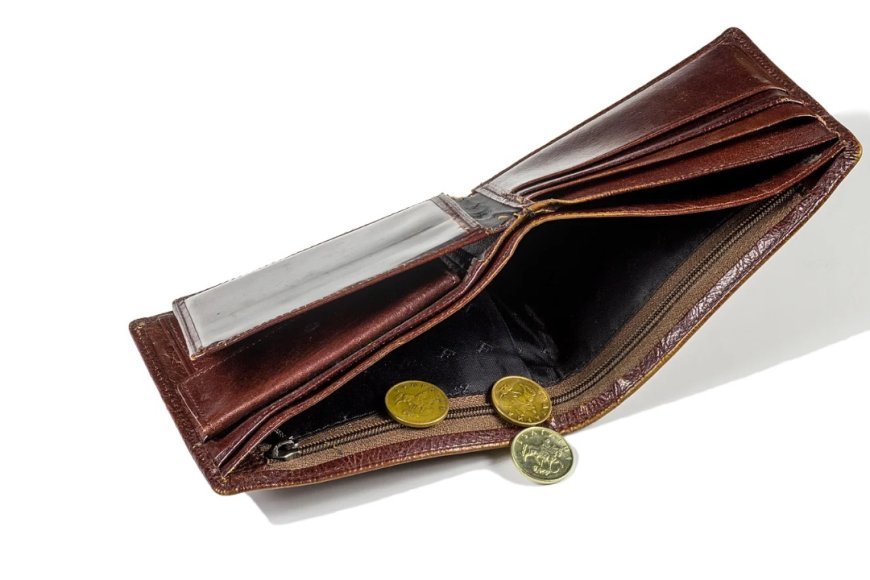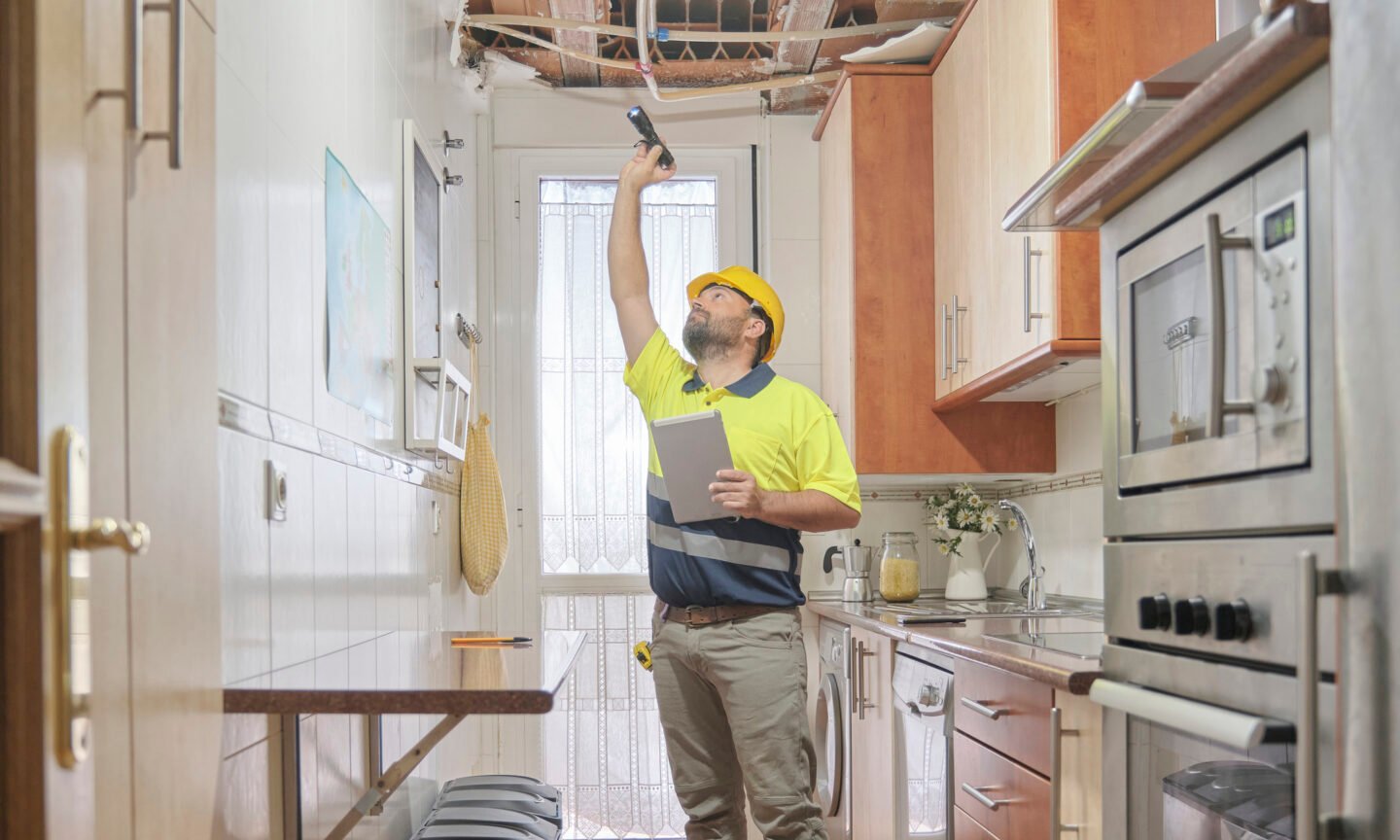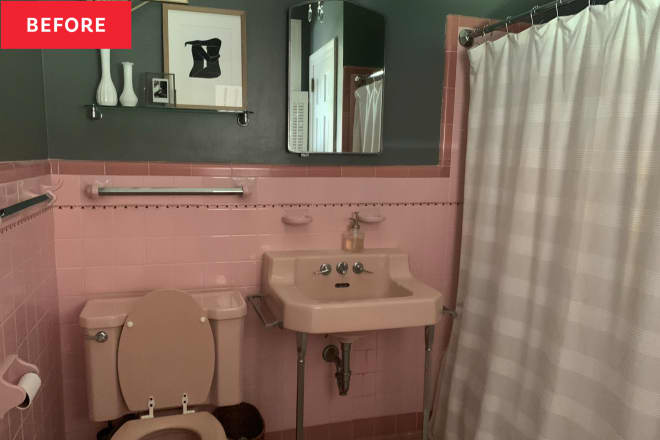Apple Is Making It Borderline Ridiculous to Fix an iPad

For years, Apple had a pretty straightforward policy toward product repairs: Take it to us, or a repair shop we approve of, or buy a new one. The company didn't want independent repair shops or, god forbid, actual customers to be able to buy genuine Apple parts and fix their devices themselves.
It wasn't just Apple—many companies that wanted to hold a monopoly on product repair parts and schematics from the general public. But following years of pushback from the "Right to Repair" movement, which advocates for consumers to be able to fix the products they own, things have changed. Apple now has an official Self Service Repair Store, where you can buy genuine parts and repair tools for your devices. While not all Apple products are supported here, many are, including a number of iPads. If something happens to your eligible iPad, rather than take it in for repair, you can simply look up the part on Apple's self service store and purchase it yourself.
Good luck finding affordable iPad parts through Apple
The problem is, Apple is pricing some of these parts way too high. As reported by 404 Media, customers looking to repair their iPads are finding repair parts that not only cost more than aftermarket parts, they cost more than half the retail price of the iPad itself. One highlight includes a new USB-C port for M4 iPads, which costs $250 through Apple's store. Amazon has the part for $35, while other stores have USB-C ports for as little as $20. Brace yourself before looking at a display replacement, too, since the prices skyrocket depending on your iPad. A display for the 13-inch M4 iPad Pro, for example, costs $749. Depending on the tablet, you could buy another iPad for that price, and while this particular iPad has an MSRP of $1,300, that display repair cost goes a long way towards buying a brand new unit entirely.
That likely plays into Apple's decisions to price the parts this way, at least according to Jonathan Strange, founder of XiRepair. Strange tells 404 Media that independent repair shops cannot afford to buy over a third of these iPad parts, based on calculations that adds the part costs, labor charges, and a 10% profit margin. The parts in question come out to more than half the cost of replacing the iPad itself, which Strange believes is intentionally designed to persuade stores and customers not to buy these parts. If a customer doesn't buy the part, or they take the tablet to a repair store that doesn't buy the part, they're likely to buy a new iPad altogether.
Even if you can swallow the inflated price tag, you might have more headaches to deal with down the line. Quinn Nelson of SnazzyLabs posted on X that Apple ended up sending parts for the wrong sized iPad. Nelson was trying to upgrade the display from the standard glossy panel to Apple's nano-texture screen, but the company didn't send him the appropriate size:
This Tweet is currently unavailable. It might be loading or has been removed.
Apple doesn't usually fix iPads
If you don't try to fix the iPad yourself, or an independent repair shop doesn't have the part, you might take it to Apple. They replace the broken display on your iPhone, so wouldn't they fix the display on your iPad, too?
As it turns out, the answer might actually be, "no." Apple doesn't typically repair iPads taken in for service. The working iPad you pick up from the Apple Store is usually a replacement device, not the iPad you handed over. Why this is their policy isn't overly clear, but Strange believes its due to how complex iPad repairs can be. He thinks Genius Bar employees and Apple authorized repair shops don't have the coordination and training to reliably service these products, and, because of this, Apple largely forgoes repairing iPads in-house:
Apple hasn't repaired their iPad products not because they aren't repairable, but because Apple's network of retail shops can't handle the complexity. A geek squad or genius bar employee at an Apple store doing an iPad repair is like a Ford sales rep doing a Ford transmission replacement—it would be a disaster due to complexity, differences in training and just lack of experience.
Going around Apple to fix your iPad
Like other devices, you can buy parts for your iPad from many different sources to try to fix it yourself. But because of how specialized the iPad is as a device, you won't have as many options as you would for an iPhone.
That being said, you can definitely find discounted parts out there. As per 404 Media, you can buy a replacement charging port for a fraction of the cost of Apple's repair store. If you do, however, there are a few risks. Depending on where you're buying the part, you might not have the same protections as buying directly from Apple: If the part fails, the store might not offer a guaranteed replacement like Apple would—though it didn't cost you $250, so that's a plus. Even if it does work, if it's a third-party part that affects a security element of your iPad, like Face ID or Touch ID, Apple may disable it. For this reason, it's better to find genuine or used Apple parts, if you can.
But where going around Apple might work in your favor is with an older iPad. Apple's official repair program only supports the most recent iPads anyway—my M1 iPad Pro from 2021 isn't supported, for example. If you have an iPad you can't buy parts for from Apple, your only option is to go outside the program.
If you are going to buy parts for your iPad, I'd recommend a company like iFixit. They have parts for iPads of all kinds, and step-by-step instructions for repairing the tablet yourself. Some of the parts even have a lifetime guarantee, so if it does fail, you can get support from iFixit—a random reseller likely won't offer the same.
At the end of the day, the iPad is one of Apple's least repairable devices—not because it isn't actually repairable, but because Apple has, through a number of business decisions, made it tricky to repair. The parts aren't readily available; the parts that are can be expensive; and the tablet itself is a bit complicated. An ultra-thin slab of glass and metal isn't going to be easy to repair in the best conditions.
Still, we should all make it a goal to extend the life of our devices as long as possible. The challenge here is finding a way to do that without breaking the bank.
What's Your Reaction?
 Like
0
Like
0
 Dislike
0
Dislike
0
 Love
0
Love
0
 Funny
0
Funny
0
 Angry
0
Angry
0
 Sad
0
Sad
0
 Wow
0
Wow
0








































